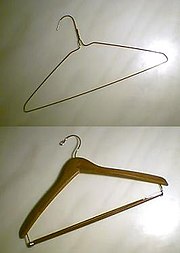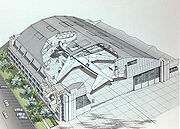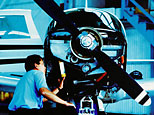I traveled home last night and got a "pop quiz" from a fellow
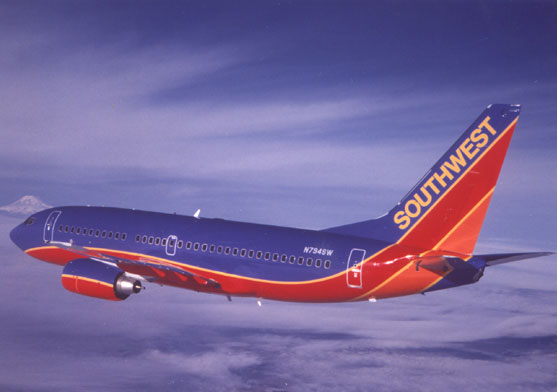
passenger getting ready to board my airline flight. There was an advertising poster hung on the jetway featuring a picture of an airplane. The passenger pointed to the winglets and asked me 1. what they were. I haven't flown an airplane with winglets for years and was happy that I still remembered! 2. And were they on airplanes from every manufacturer? The airplane pictures I found on the website didn't have any winglets, which leads me to believe they are, as the passenger asked, and at least for this airline, 3. a "new thing."
So here are the answers:
1. Winglets, or wingtip devices, are usually intended to improve the efficiency of
fixed-wing aircraft.
[1] There are several types of devices, and though they function in different manners, the intended effect is to reduce the aircraft's drag by altering the flow near the wingtips. Wingtip devices can also improve aircraft handling characteristics, and enhance safety for following aircraft. Such devices increase the effective
aspect ratio of a wing, with less added
wingspan. An extension of span would lower
lift-induced drag, but would increase
parasitic drag, and would require boosting the strength and weight of the wing. At some point there is no net benefit from further increased span. There may also be operational considerations that limit the allowable wingspan.
2. Wing fences, are a winglet variant with surfaces extending both upward and downward from the wingtip. Both surfaces are shorter than or equivalent to a winglet possessing similar aerodynamic benefits.
 Wingtip fences are the preferred wingtip device of Airbus, employed on all their airliners except for the A330 and A340 families. The Airbus A350 will also make use of winglets rather than wingtip fences.
Wingtip fences are the preferred wingtip device of Airbus, employed on all their airliners except for the A330 and A340 families. The Airbus A350 will also make use of winglets rather than wingtip fences.
3. Blended winglets
A blended winglet is intended to reduce interference drag at the wing/winglet junction. A sharp interior angle in this region can interact with the boundary layer flow causing a drag inducing vortex, negating some of the benefit of the winglet. The blended winglet is used on business jets and sailplanes, where individual buyer preference is an important marketing aspect.
Blended winglets have been offered as an aftermarket retrofit for Boeing 737,[1] 757 and Raytheon Hawker 800 with winglets series aircraft by Aviation Partners Inc., and the 737 version is now standard on the Boeing Business Jet derivative.
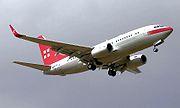
Many operators have retrofitted their fleets with these for the fuel cost savings. Aviation Partners has also developed winglets for the 767-300ER with
American Airlines being the first customer. Airbus tested similar blended winglets designed by Winglet Technology for the
A320 series,
[12] but determined that their benefits did not warrant further development.
The Citation X I am flying now doesn't have wingtips. But [w]inglets are also applied to many other business jets to reduce take-off distance, enabling operation out of smaller secondary airports, or allowing higher cruise altitudes for overflying bad weather, valuable operational benefits for corporate travel. In addition to factory installed winglets on new aircraft, aftermarket vendors developed retrofit kits for popular jets and turboprops, to improve both aerodynamics and appearance.










 Very cool. I was watching CNN and they talked about the California Wildfires. This was quite a coincidence because I had taken pictures there on the second day of my tour. Obviously they have gotten worse. As we flew into Van Nuys, it was pretty clear, but as we got closer to the airport, we could see the smoke coming off the hills. It wasn't on the approach side of the airport, so it didn't affect our ability to get in. On the ground, you could smell the smoke, kind of like a campfire. And you can see how thick the smoke is over the hangars. As we departed, I took pictures (after we were above 10,000feet!). Here is the whole CNN story:
Very cool. I was watching CNN and they talked about the California Wildfires. This was quite a coincidence because I had taken pictures there on the second day of my tour. Obviously they have gotten worse. As we flew into Van Nuys, it was pretty clear, but as we got closer to the airport, we could see the smoke coming off the hills. It wasn't on the approach side of the airport, so it didn't affect our ability to get in. On the ground, you could smell the smoke, kind of like a campfire. And you can see how thick the smoke is over the hangars. As we departed, I took pictures (after we were above 10,000feet!). Here is the whole CNN story: 



